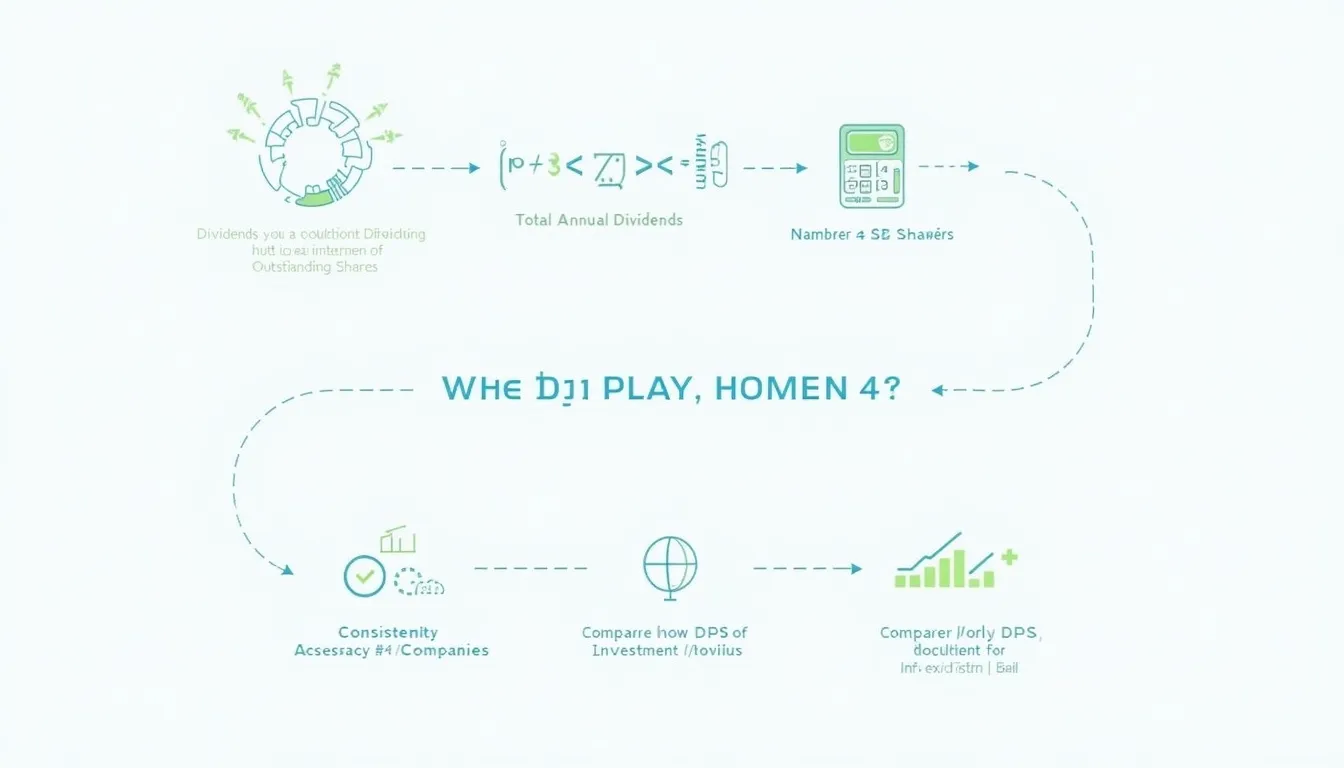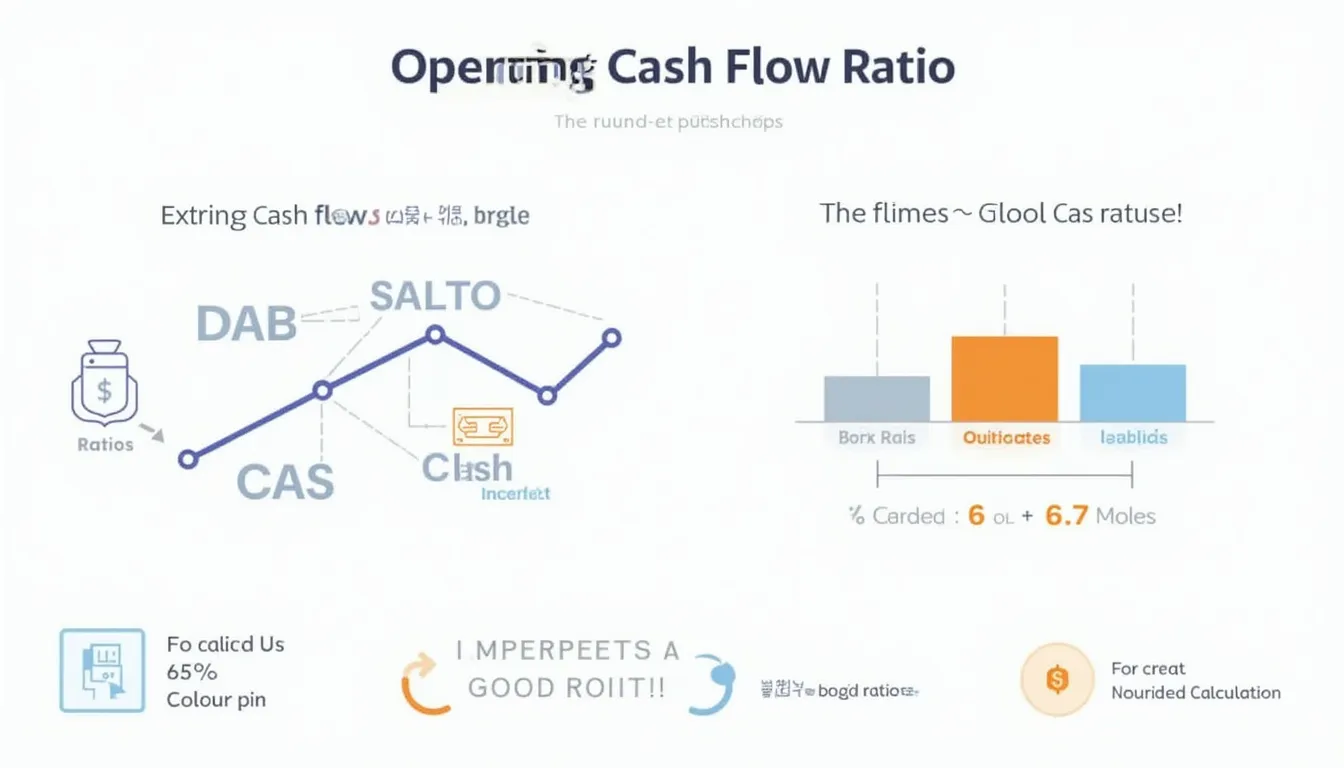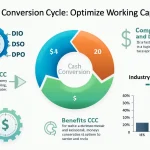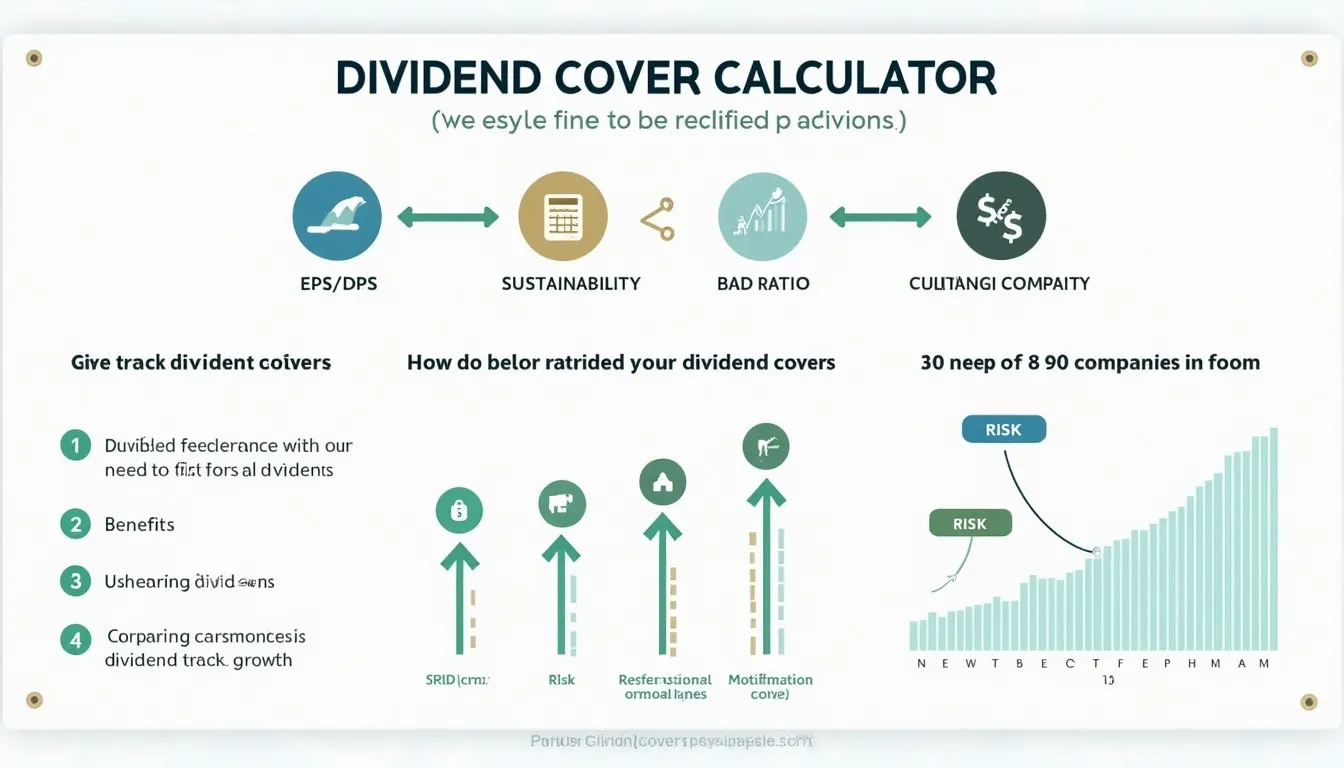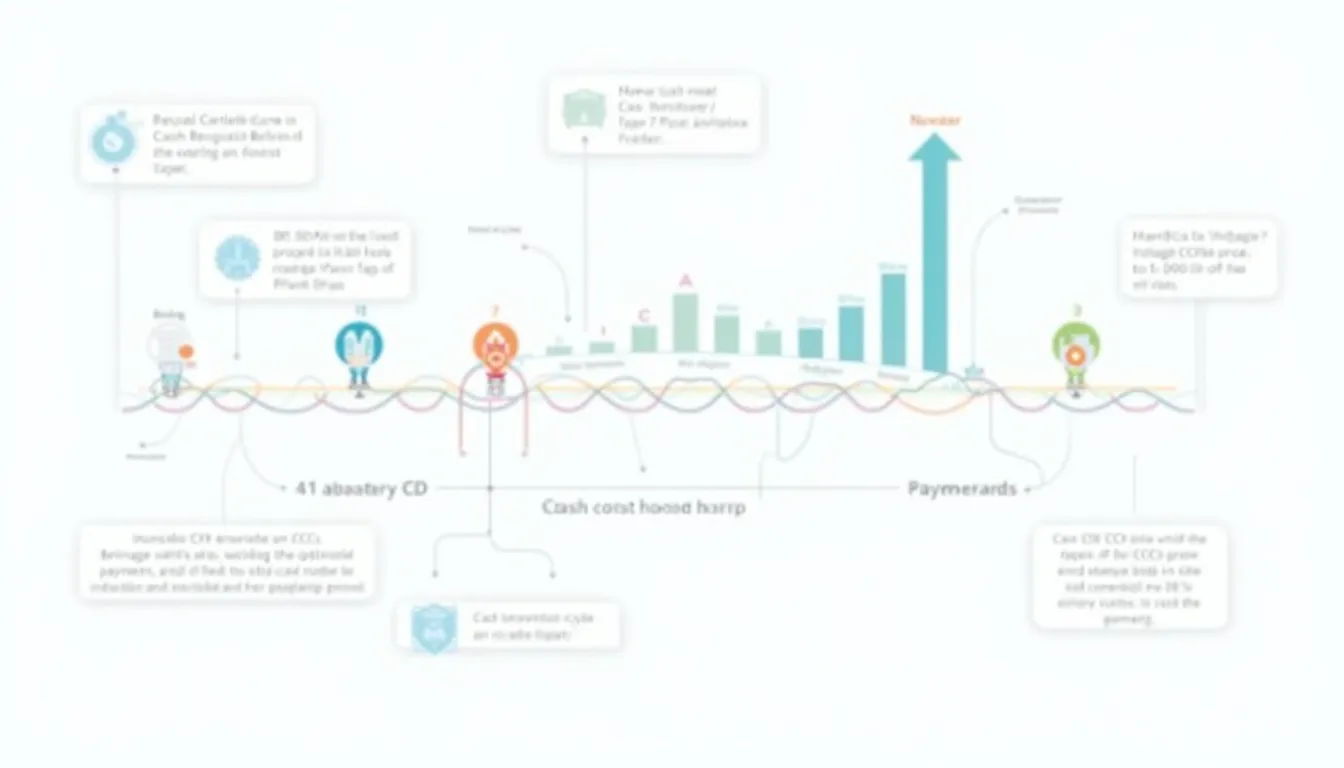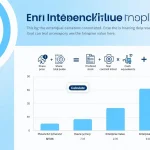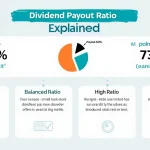Dividends Per Share Calculator
Is this tool helpful?
How to use the tool
- Step 1 – Enter dividends: Type the total cash paid to shareholders, e.g. $325 000 or $189 500.75.
- Step 2 – Enter shares: Add the current shares outstanding, e.g. 650 000 or 500 000.
- Step 3 – Click “Calculate”. The tool shows dividends per share instantly.
- Formula applied: $$ DPS = rac{Total\;Annual\;Dividends}{Shares\;Outstanding} $$
- Check: If dividends = $325 000 and shares = 650 000, $$ DPS = rac{325\,000}{650\,000} = 0.50 $$ (50 cents per share).
- Another check: $189 500 ÷ 500 000 shares = $0.379 ≈ 38 cents.
Quick-Facts
- Typical U.S. payout dates: Quarterly (SEC Investor Bulletin, 2023).
- 2022 global dividends: $1.56 trillion (Janus Henderson Global Dividend Index, 2023).
- S&P 500 aggregate DPS: $67.10 in 2022 (FactSet Earnings Insight, 2023).
- REIT minimum payout: 90 % of taxable income (IRS Publication 535, 2022).
FAQ
What is dividends per share?
DPS tells you how much cash each share received during a year, calculated by dividing total dividends by shares outstanding (Investopedia, URL).
How does the calculator work?
It parses your two inputs, verifies they are positive numbers, then divides dividends by shares to deliver a rounded DPS figure in seconds.
Why track DPS instead of total dividends?
DPS controls for company size, letting you compare dividend policies across firms of different market capitalisations (Morningstar Guide, 2023).
Does a higher DPS guarantee a better investment?
No. You must confirm earnings cover the payout ratio; unsustainable dividends can signal future cuts (OECD Corporate Finance Data, 2022).
How often should you recalculate DPS?
Update it after each dividend declaration or share-count change, typically every quarter for U.S. listed companies (NYSE Listing Manual, 2023).
What happens to DPS after a stock split?
Shares double in a 2-for-1 split, so DPS halves; your total cash received stays unchanged because you own more shares (SEC, 2023).
Can a company pay dividends without profits?
Yes, firms may use retained earnings or debt, but “borrowing to fund dividends erodes long-term value” (Moody’s Dividend Policy Report, 2022).
How is DPS linked to dividend yield?
Dividend yield equals DPS divided by current share price; a $2 DPS on a $50 stock yields 4 % (CFA Institute Curriculum, 2023).
Important Disclaimer
The calculations, results, and content provided by our tools are not guaranteed to be accurate, complete, or reliable. Users are responsible for verifying and interpreting the results. Our content and tools may contain errors, biases, or inconsistencies. Do not enter personal data, sensitive information, or personally identifiable information in our web forms or tools. Such data entry violates our terms of service and may result in unauthorized disclosure to third parties. We reserve the right to save inputs and outputs from our tools for the purposes of error debugging, bias identification, and performance improvement. External companies providing AI models used in our tools may also save and process data in accordance with their own policies. By using our tools, you consent to this data collection and processing. We reserve the right to limit the usage of our tools based on current usability factors.
